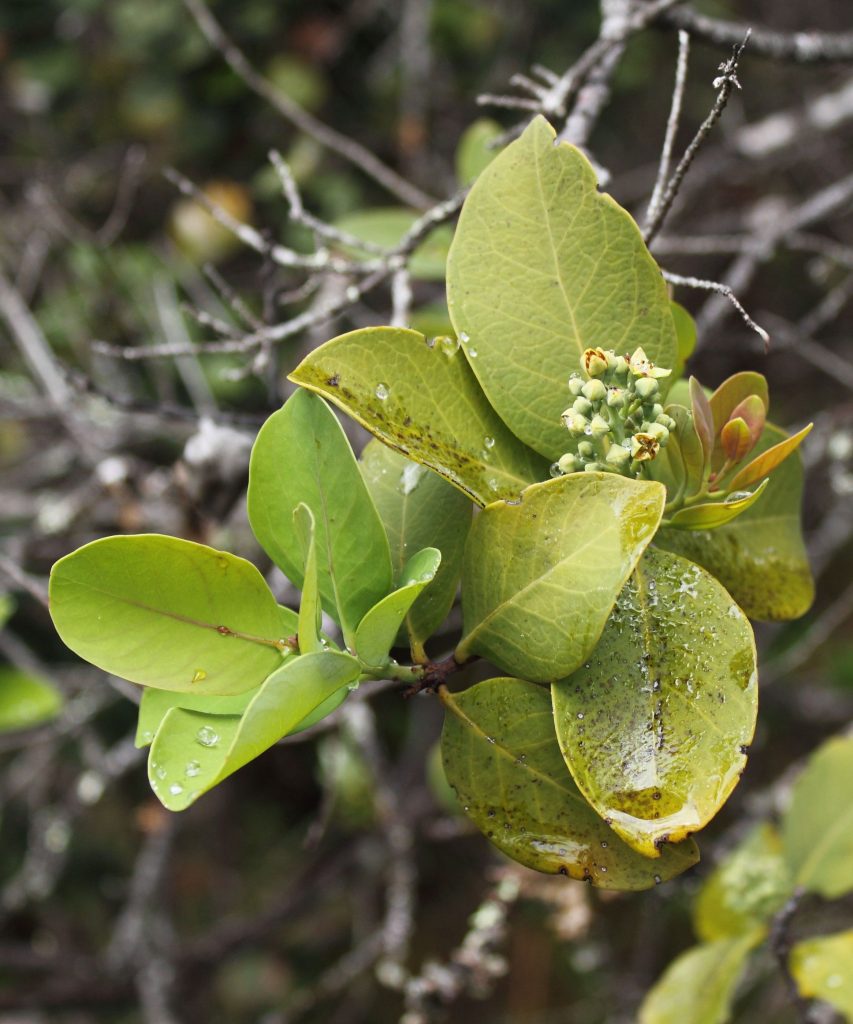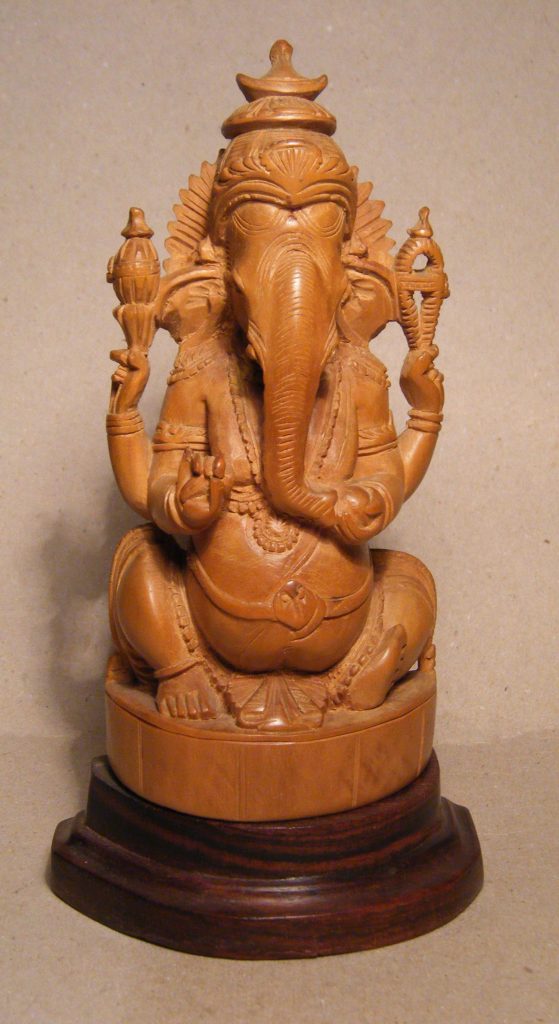A multisensorial concert- Friday, 19th April 2019, 8 p.m.
Manlio Maresca and Manual for Errors Quartet. Manlio Maresca: guitar; Eldar Tsalikov: alto sax; Igor Spallati: double bass and Ugo Alunni: drums – Fabio Dondero and Dominik Breider (Incense burning): Peumus boldus and Sandalwood
PANDA Theater in der Kulturbrauerei,
Knaackstr. 97, 10435 Berlin
Incense of Music Nr. 33 brings an Italian jazz guitarist and his band inspired by errors together with scents from Chile and Australia, Boldo and Sandalwood. Idea global, location is Pandatheater, an evening for the senses. For guests who are particularly sensitive to smoke, this event is not recommended.

Glorification of errors is the basis for Manlio Maresca’s Berliner Band, acclaims refined music wrongness. The Italian guitar player leads Manual for Errors, a project featuring , Eldar Tsalikov (alto sax), Igor Spallati (double bass), and Ugo Alunni (drums). The composition area he works in lets the margin of error be the foundation of a revolutionary creative discovery. Extemporary music inspirations rule an accurate research of a “sound mistake” within a well-defined jazz structure.

Peumus boldus, the only species in the genus Peumus, is commonly known as boldo (from the Mapudungun name foḻo). This tree of the family Monimiaceae is natively endemic to the central region of Chile, occurring from 33° to 40° southern latitude. Boldo has also been introduced to Europe and North Africa, though it is not often seen outside botanical gardens. Together with litre, quillay, peumo, bollén and other indigenous plants, it is a characteristic component of the sclerophyllous forest endemic to central Chile. Its leaves, which have a strong, woody and slightly bitter flavor and camphor-like aroma, are used for culinary purposes, primarily in Latin America. The leaves are used in a similar manner to bay leaves and also used as an herbal tea, primarily in Chile, Bolivia, Argentina, Paraguay, Peru, Uruguay, Brazil and bordering countries in South America. Although not well known, boldo fruits, which appear between December and February, are very tasty, nutritious, small, green, edible spheres. In Brazil, Argentina, Chile, Uruguay, and Paraguay boldo is mixed with yerba mate or other teas to moderate its flavor. Some families keep a boldo plant at home for this purpose, although boldo teabags are readily available in nearly all supermarkets. Boldo and plants with similar properties are widely used as mild folk medicine in various South American countries in both urban and rural areas, even among people who do not usually drink herbal teas other than mate beverage. Boldo is in the family Monimiaceae, which is closely related to the family Lauraceae (which includes many other plants used for their aromatic leaves, such as cinnamon, cassia, bay leaf, and camphor laurel.) (from Wikipedia)


Indian sandalwood is very sacred in the Hindu Ayurveda and is known in Sanskrit as vhandana. The wood is used for worshipping the god Shiva, and it is believed that goddess Lakshmi lives in the sandalwood tree. The wood of the tree is made into a paste using sandalwood powder, and this paste is integral to rituals and ceremonies, to make religious utensils, to decorate the icons of the deities, and to calm the mind during meditation and prayer. It is also distributed to devotees, who apply it to their foreheads or necks and chests. Preparation of the paste is a duty fit only for the pure, so is entrusted only to priests when used in temples and during ceremonies. The paste is prepared by grinding wood by hand with granite slabs shaped for this purpose. With the gradual addition of water, a thick paste forms (called kalabham „കളഭം“ in Malayalam language and gandha ಗಂಧ in Kannada) and is mixed with saffron or other such pigments to make chandanam. Chandanam, further mixed with herbs, perfumes, pigments, and some other compounds, results in javadhu. Kalabham, chandanam, and javadhu are dried and used as kalabham powder, chandanam powder, and javadhu powder, respectively. Chandanam powder is very popular in India and is also used in Nepal. In Tirupati after religious tonsure, sandalwood paste is applied to protect the skin. In Hinduism and Ayurveda, sandalwood is thought to bring one closer to the divine. Thus, it is one of the most used holy elements in Hindu and Vedic societies. Sandalwood use is integral part of daily practices of Jainism. Sandalwood paste mixed with saffron is used to worship tirthankar Jain deities. Sandalwood powder is showered as blessings by Jain monks and nuns (sadhus and sadhvis) to their disciples and followers. Sandalwood garlands are used to dress the body during Jain cremation ceremonies. During the festival of Mahamastakabhisheka that is held once in every 12 years, the statue of Gommateshwara is then bathed and anointed with libations such as milk, sugarcane juice, and saffron paste, and sprinkled with powders of sandalwood, turmeric, and vermilion. Sandalwood is mentioned in various suttas of the Pāli Canon.

In some Buddhist traditions, sandalwood is considered to be of the padma (lotus) group and attributed to Amitabha Buddha. Sandalwood scent is believed by some to transform one’s desires and maintain a person’s alertness while in meditation. It is also one of the most popular scents used when offering incense to the Buddha and the guru. Sufism In sufi tradition, sandalwood paste is applied on the sufi’s grave by the disciples as a mark of devotion. It is practiced particularly among the Indian Subcontinent disciples. In the Tamil culture irrespective of religious identity, sandalwood paste or powder is applied to the graves of sufis as a mark of devotion and respect. Sandalwood, along with agarwood, is the most commonly used incense material by the Chinese and Japanese in worship and various ceremonies. However, some sects of Taoists, following the Ming Dynasty Taoist Manual, do not use sandalwood (as well as benzoin resin, frankincense, foreign produced) incense and instead either use agarwood, or better still Acronychia pedunculata, in worship. In Korean Shamanism, sandalwood is considered the Tree of Life. Zoroastrians offer sandalwood twigs to the afarganyu, the urn in which the fire is kept at the fire temple (called agiyari in Gujarati and dar-e mehr in Persian), to keep the fire burning during religious ceremonies. After the firekeeping priests complete the ceremony, attendees are allowed to come up to the afarganyu and place their own pieces of sandalwood into the fire. Fire has been a sacred symbol in the Zoroastrian religion since ancient times and it is considered very important to keep the fires in the temples constantly burning. Because of its high sensitivity to fire, sandalwood works very well for this. Also, the wood has been accepted by the Yasna and Yashts as an appropriate fuel for the fire. It is offered to all of the three grades of fire in the fire temple, including the Atash Dadgahs. Sandalwood is not offered to the divo, a smaller lamp that is kept in the homes of Zoroastrians. Often, money is offered to the mobad (for religious expenditures) along with the sandalwood. Sandalwood is called sukhad in the Zoroastrian community. The sandalwood in the fire temple is often more expensive to buy than at a Zoroastrian store. It is often a source of income for the fire temple. (from Wikipedia)

 English
English